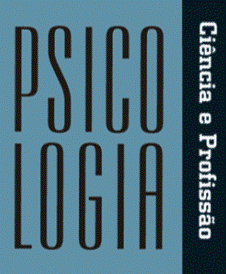Abstract
Semiotic expressions are constituted by images which carry values and concepts that are widely present in urban areas and have become a cultural phenomenon these days. Street art is one of the forms of semiotics that tends to modify the social daily life of the cities, beautifying, denouncing, or even being incomprehensible to the passerby. This study, using a historical-social perspective, aims to indicate how the interferences of urban art produce culture in general and influence the construction of society itself. Data was collected through 100 photographs taken in cities around Rio de Janeiro State between March 2013 and April 2015 and interviews with 17 street artists studied by the analysis of meaning method. The results suggest that although there is a dominant semiotic form of codification of the urban spaces, the performance of street artists exposes countless other social voices that introduce new artistic languages and performances in the public spaces and act as micropolitics. We conclude that street art influences society and helps to denaturalize capitalist semiotics by democratizing cities and favoring the understanding of public places as places of common use.
Street Art; Creativity; Singularity; Urban Environment

